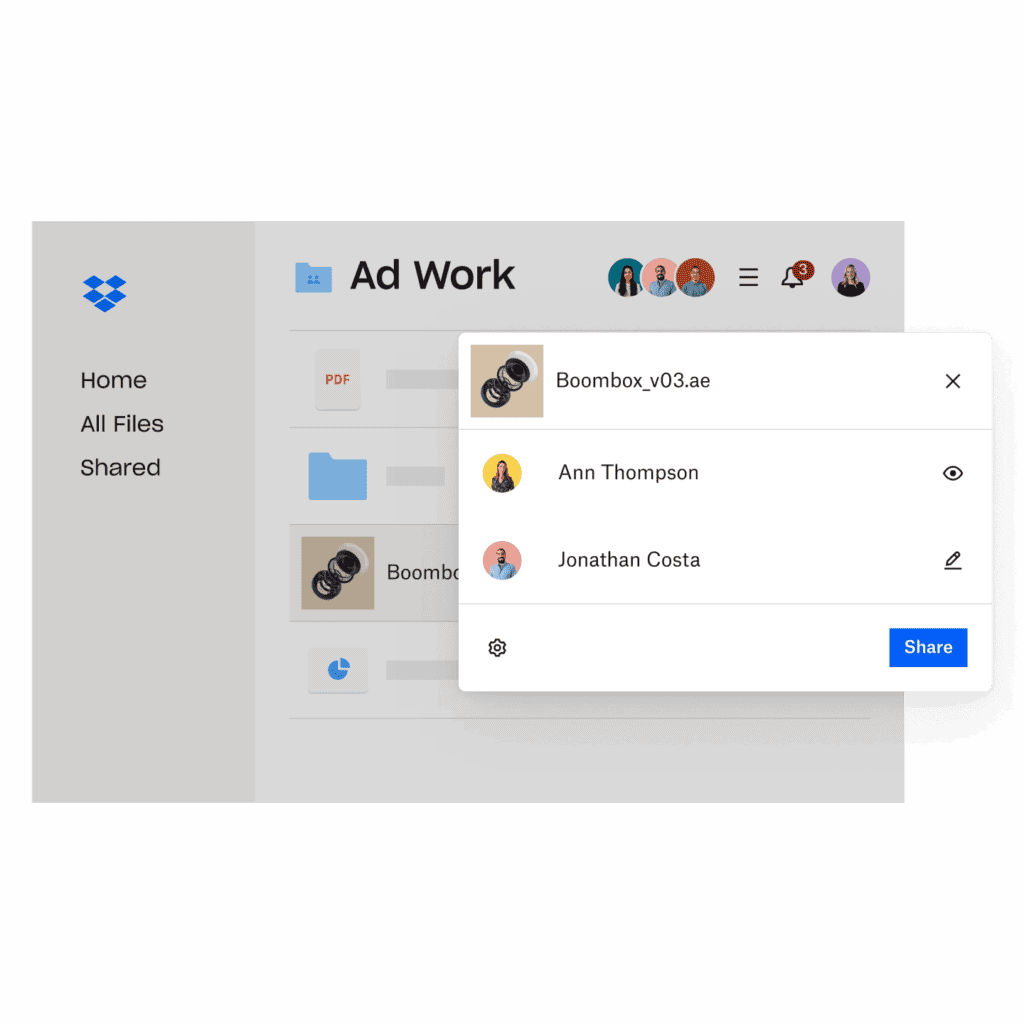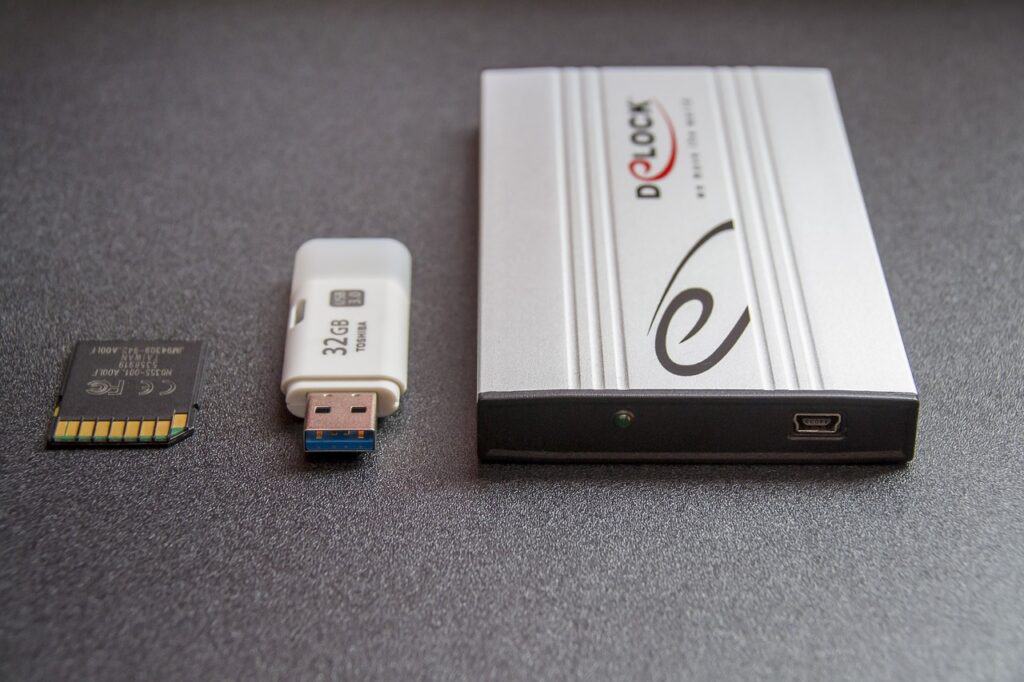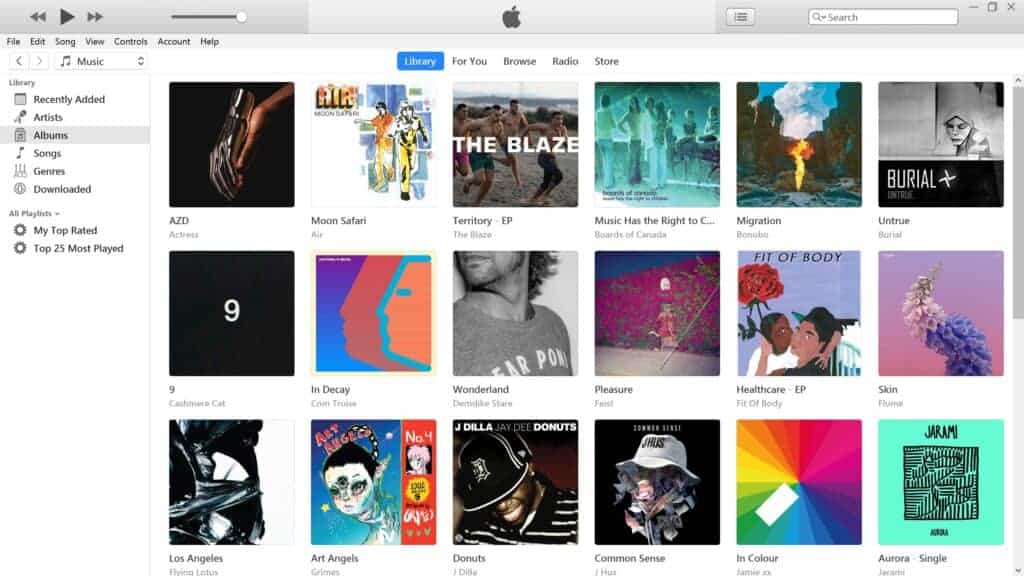It’s essential to protect the data on your iPhone by regularly backing it up. Apple offers two main ways to back up your iPhone: iCloud and computer backups. This article compares both options, outlining their pros and cons to help you decide which one suits your needs best. Backing up your iPhone safeguards your photos, videos, messages, contacts, and settings. It is crucial if your phone gets lost, stolen, or damaged. We’ll look at the different methods for backing up your iPhone.
Choosing the right backup solution depends on your personal needs and preferences. Consider factors like cost, storage, security, and ease of use. As technology evolves, we can expect even better backup options in the future.

Protecting Your Data: iPhone Backup Methods
Backing up your iPhone is crucial for protecting your photos, messages, and other important data. Apple offers two main ways to back up your iPhone: iCloud and your computer. Let’s explore each option.
iCloud Backup
iCloud Backup automatically saves your data to Apple’s servers over Wi-Fi. This method is convenient because you don’t need to connect your iPhone to a computer.
- Pros:
- Automatic backups.
- Access your backups from anywhere with an internet connection.
- Easy to set up and use.
- Cons:
- Limited free storage (only 5GB). You’ll likely need to purchase additional iCloud storage.
- Backups can be slower than computer backups, especially for large amounts of data.
Computer Backup (Finder or iTunes)
You can back up your iPhone to your Mac or PC using Finder (macOS Catalina or later) or iTunes (macOS Mojave or earlier, and Windows). This method gives you a local copy of your backup on your computer.
- Pros:
- Free and doesn’t require a paid iCloud subscription.
- Backups are generally faster than iCloud backups.
- You have a physical copy of your backup on your computer.
- Cons:
- Requires you to connect your iPhone to your computer.
- You need to remember to back up your iPhone manually.
Which Backup Method Should You Choose?
The best backup method depends on your needs and preferences.
- Choose iCloud Backup if you:
- Value convenience and automatic backups.
- Want to access your backups from any device.
- Don’t mind paying for additional iCloud storage.
- Choose Computer Backup if you:
- Prefer free backups and don’t want to pay for iCloud storage.
- Want faster backup speeds.
- Like having a local copy of your backup on your computer.
Comparison of iPhone Backup Options
| Feature | iCloud Backup | Computer Backup (Finder/iTunes) |
|---|---|---|
| Storage | 5GB free, then paid plans | Limited by your computer’s storage space |
| Automation | Automatic | Manual |
| Speed | Slower, depends on internet speed | Faster |
| Accessibility | Accessible from any device with internet | Accessible only from the computer with the backup |
| Cost | Requires paid iCloud storage for most users | Free |
What Does an iPhone Backup Include?
Both iCloud and computer backups include most of your important data, such as:
- App data
- Device settings
- Home screen and app organization
- Messages (iMessage, SMS, and MMS)
- Photos and videos (if not using iCloud Photos)
- Purchase history from Apple services
iCloud+ for Enhanced Backups
iCloud+ is a premium subscription service that offers additional features beyond iCloud Backup. These features include:
- iCloud Private Relay: Encrypts your internet traffic and hides your IP address.
- Hide My Email: Create unique, random email addresses that forward to your inbox.
- HomeKit Secure Video: Store encrypted video recordings from your home security cameras.
- Custom Email Domain: Personalize your iCloud email address with your own domain name.
How to Back Up Your iPhone: Options and Considerations
iCloud Backup
iCloud is Apple’s built-in cloud storage solution. It backs up your iPhone automatically when it’s connected to Wi-Fi and power.
Pros:
- Easy and convenient to set up and use
- Automatic backups offer peace of mind
Cons:
- You only get 5GB of free storage, which fills up quickly
- Requires a good Wi-Fi connection for smooth backups
iTunes Backup
iTunes backs up your iPhone to your computer when you connect the two devices.
Pros:
- Provides local control and more storage flexibility
- Doesn’t require an internet connection
Cons:
- Requires you to manually connect your iPhone to your computer to start backups
- Can be slightly more complicated than iCloud
Third-Party Backup Options
Many third-party cloud storage and backup solutions offer great ways to back up your iPhone.
Pros
- Often provide more free storage than iCloud
- Can offer additional features like advanced photo management or file encryption
Cons:
- May require subscriptions for full functionality
- Reliance on a third-party service
| Service | Features | Free Tier Storage |
|---|---|---|
| Google Drive | Cross-platform compatibility, easy file sharing | 15GB |
| Dropbox | User-friendly interface, integration with other apps | 2GB |
| IDrive | Excellent security and flexible plans | 10GB |
| Sync.com | Privacy-focused with zero-knowledge storage | 5GB |
Choosing the Best Backup Option for You
The best iPhone backup method depends on your needs. Here’s a quick guide:
- If you want convenience and simplicity: iCloud is a great option, but consider upgrading storage plans if you need more than the free 5GB.
- If you need more free storage or local control: Explore iTunes backups or third-party cloud services with generous free plans
- If you need advanced security or specific features: Research specialized backup solutions that offer those features
No matter which method you choose, the most important thing is to back up your iPhone regularly!
iCloud vs. iTunes Backup
Choosing the right backup method for your iPhone ensures your precious data is secure in case of accidents or device upgrades. Here’s a table comparing the two main options:
| Feature | iCloud Backup | iTunes Backup |
|---|---|---|
| Storage Location | Apple’s iCloud servers | Your computer |
| Cost | Free up to 5GB, paid plans for more storage (up to 2TB) | Free |
| Automatic Backups | Automatic daily backups when connected to Wi-Fi and power | Manual backups initiated by you |
| Backup Frequency | Daily automatic backups | Up to once a day when manually connected to your computer |
| Data Included | Most data, including app data, settings, photos, contacts, etc. (excludes some app data and iTunes purchases) | All data, including photos, contacts, messages, apps and app data, etc. |
| Restore Process | Restore directly from iCloud to any compatible device | Restore to a specific device connected to your computer |
| Accessibility | Access backups from any device with internet access | Backups saved locally on your computer |
| Security | iCloud backups encrypted in transit and at rest | Local backups can be encrypted (optional) |
| Platform Compatibility | Works on all Apple devices (iPhone, iPad, Mac) | Works on Mac and Windows computers |
Additional Tips:
- Encrypt your iCloud backups: For enhanced security, enable encryption in iCloud settings.
- Regularly check your iCloud storage: If you’re approaching your storage limit, upgrade your plan or delete old backups.
- Consider alternative storage solutions: Cloud storage services like Google Drive or Dropbox offer additional backup options.
Recommendation:
In most cases, iCloud backup is the preferred option for its convenience, automatic backups, and accessibility. However, if you prefer local control or need to back up specific data types not fully supported by iCloud, iTunes backup can be a suitable alternative.

Alternative iPhone Backup Options
While iCloud and iTunes are popular choices, exploring other options can offer enhanced flexibility, control, and potentially lower costs. Here’s a table outlining some major alternatives:
| Backup Option | Type | Key Features | Pros | Cons |
|---|---|---|---|---|
| Google Drive | Cloud | 15GB free storage, integrates with Android devices, affordable paid plans | Large storage capacity, accessible on any device, cross-platform compatibility | Potential privacy concerns, bandwidth limitations for large backups |
| Dropbox | Cloud | 2GB free storage, selective sync, robust security features | Easy-to-use interface, file versioning, collaboration tools | Limited free storage, less intuitive for large backups |
| OneDrive | Cloud | 5GB free storage, tight integration with Microsoft Office apps | Familiar for Windows users, automatic camera roll backup | Free storage limited, potential reliance on Microsoft ecosystem |
| EaseUS MobiSaver | Local | Intuitive interface, recovers various data types, selective restore | Thorough data recovery, preview and select recoverable files | Not a true backup solution, requires initial device connection |
| iMazing | Local | Comprehensive iOS management tool, detailed backup/restore options, data extraction | Flexible control, multi-device backup management, additional iOS tools | Paid software, potentially complex interface for beginners |
| External Hard Drive | Physical | Secure offline storage, large capacity, affordable | Portable, durable, no reliance on internet connections | Manual backup process, susceptible to physical damage |
| Flash Drive | Physical | Convenient for smaller backups, easy portability | Affordable, compact, readily available | Low storage capacity, can be easily lost or damaged |
Additional Considerations:
- Storage needs: Assess the amount of data you need to back up and choose a solution with sufficient capacity.
- Budget: Compare free and paid options based on your needs and storage requirements.
- Security: Prioritize solutions with encryption and secure transmission protocols.
- Convenience: Opt for easy-to-use tools with automated backup options if desired.
Remember, regardless of the method you choose, regular backups are crucial for safeguarding your precious iPhone data.
Key Takeaways
- Diverse Backup Needs: Users have varied preferences for iPhone backups, from cloud solutions to physical storage.
- Cloud Storage Options: Popular cloud services include iCloud, Google Drive, and Dropbox, each with unique features.
- Security Concerns: Privacy and security are major considerations when choosing a backup method.
- Cost vs. Storage: The balance between cost and storage capacity is a critical factor for users.
So Who Wins “Best Backup Option” For iPhone?
This is a no-brainer. It’s iCloud by a mile. No other backup program, cloud storage, local storage, etc. can even touch iCloud. And while there is a cost to it, Apple has made the price very affordable for most iPhone owners.
The iPhone and iOS ecosystem is built around iCloud and you need to weigh the value of your data (including your pictures) against the monthly fee. In our opinion iCloud will always be the best way to go.
Understanding User Perspectives on iPhone Backups
The Reddit thread on r/iPhone14Pro reveals a spectrum of user experiences and concerns regarding iPhone backups. One user, frustrated with the limitations of iCloud and other cloud services, seeks a quick and accessible backup solution. Others discuss the cost-effectiveness of iCloud’s 2TB plan and the practicality of cloud backups for large data volumes. The conversation highlights the need for a backup solution that is both efficient and user-friendly.
Cloud Storage Options: A Comparative Overview
iCloud: The Go-To Choice for iPhone Users
- Storage Capacity: Offers up to 12TB, with encryption for secure backups.
- Accessibility: Backups can be created and used anywhere with Wi-Fi.
- Integration: Seamlessly syncs with Apple ecosystem.
Google Drive: A Versatile Option
- Free Storage: Provides 15GB free, with affordable upgrade plans.
- Collaboration: Integrates well with G Suite apps for enhanced productivity.
- Privacy Concerns: Lacks zero-knowledge encryption.
Dropbox: The Veteran Player
- iOS Integration: Works well with iOS features like AirPrint and TouchID.
- Unique Features: Offers a document scanner and deep integration with third-party apps.
- Security: Provides in-transit and at-rest encryption, though lacks zero-knowledge encryption.

User Experiences: Real-World Applications
A Reddit user expresses dissatisfaction with the speed and interface of OneDrive, while another finds iCloud’s cost prohibitive. These anecdotes underscore the importance of a user-friendly interface and reasonable pricing in backup solutions.

Technical Insights: Security and Accessibility
Security is a paramount concern, especially with sensitive personal data. Users prefer services that offer robust encryption and privacy protections. Accessibility, in terms of ease of use and integration with other devices and services, is also crucial.
Balancing Cost and Storage Needs

The decision often comes down to finding a balance between the cost of the service and the amount of storage provided. Users are inclined to choose a service that offers sufficient storage at a reasonable price.
Practical Scenarios: From Photos to Documents
Users need to consider what type of data they are backing up. For instance, photographers might prioritize services with efficient photo storage and access.
The Future of iPhone Backups
As technology evolves, so do backup solutions. Future trends may include more advanced security features and greater integration with a range of devices and platforms.
FAQs
What are the best iPhone backup options?
iCloud for seamless integration with Apple devices, Google Drive for its collaboration features, and Dropbox for its iOS integration and unique features like document scanning.
How do I choose the right backup solution?
Consider factors like storage capacity, cost, security features, and how well the service integrates with your devices and needs.
Are there any free iPhone backup options?
Google Drive offers 15GB of free storage, and Dropbox provides 2GB free. iCloud also has a free tier with limited storage.
How secure are these backup options?
iCloud and Dropbox offer encrypted backups, but services like Google Drive may lack zero-knowledge encryption, raising privacy concerns.
Can I use these backups across different devices?
Yes, most cloud services allow you to access your backups from various devices, though some content may not transfer between different types of devices (e.g., iPhone to iPad).






